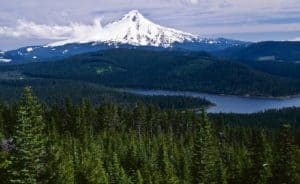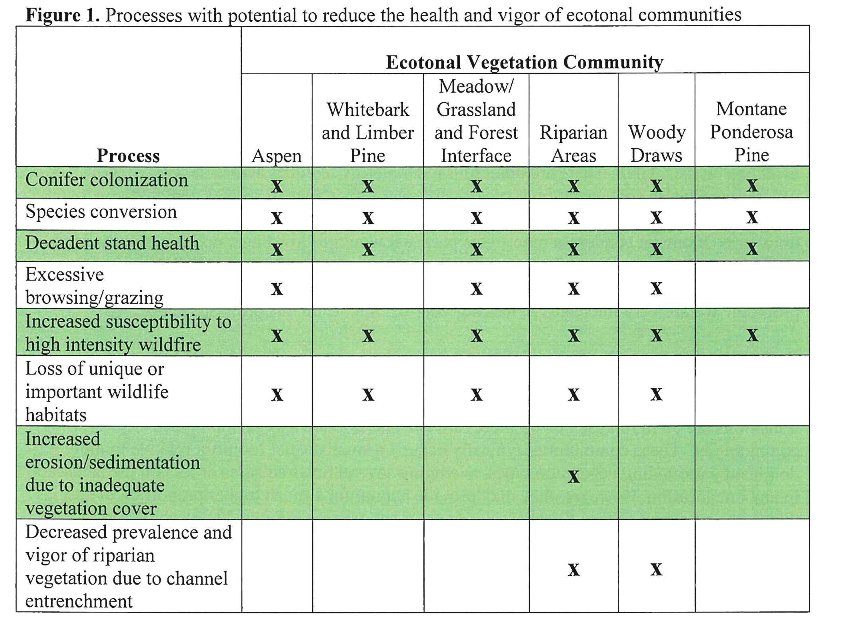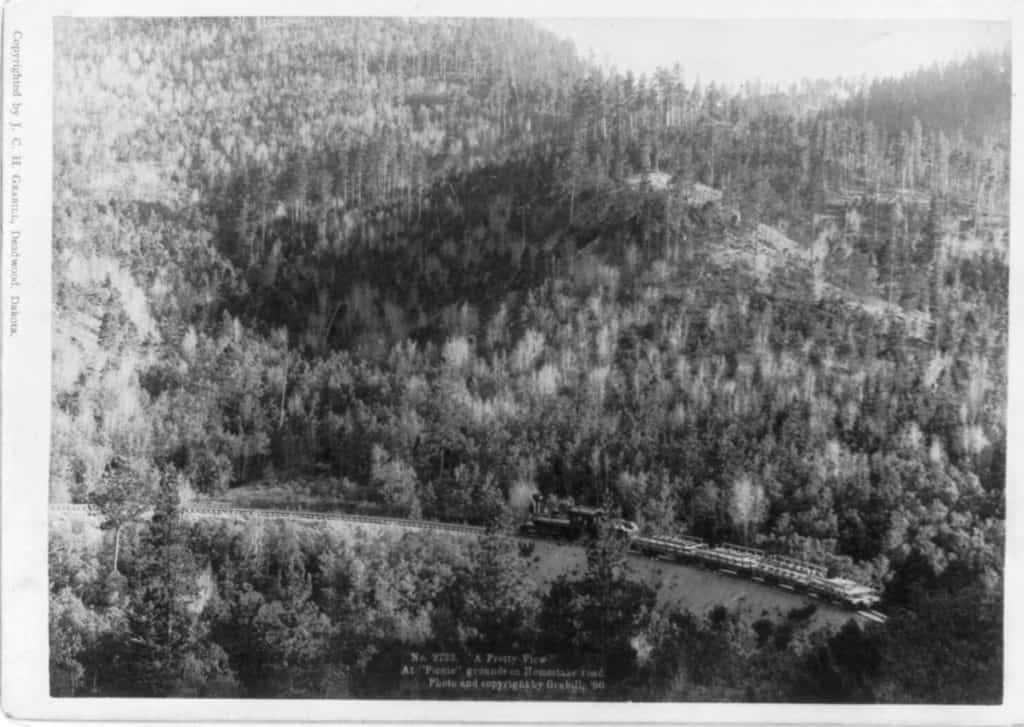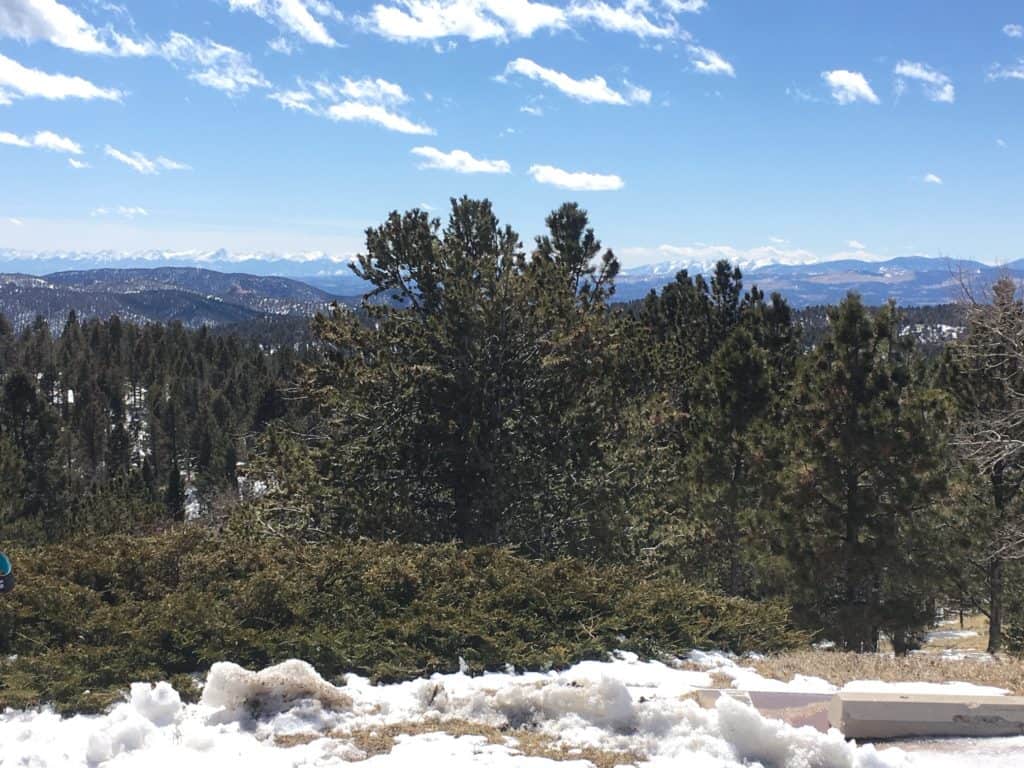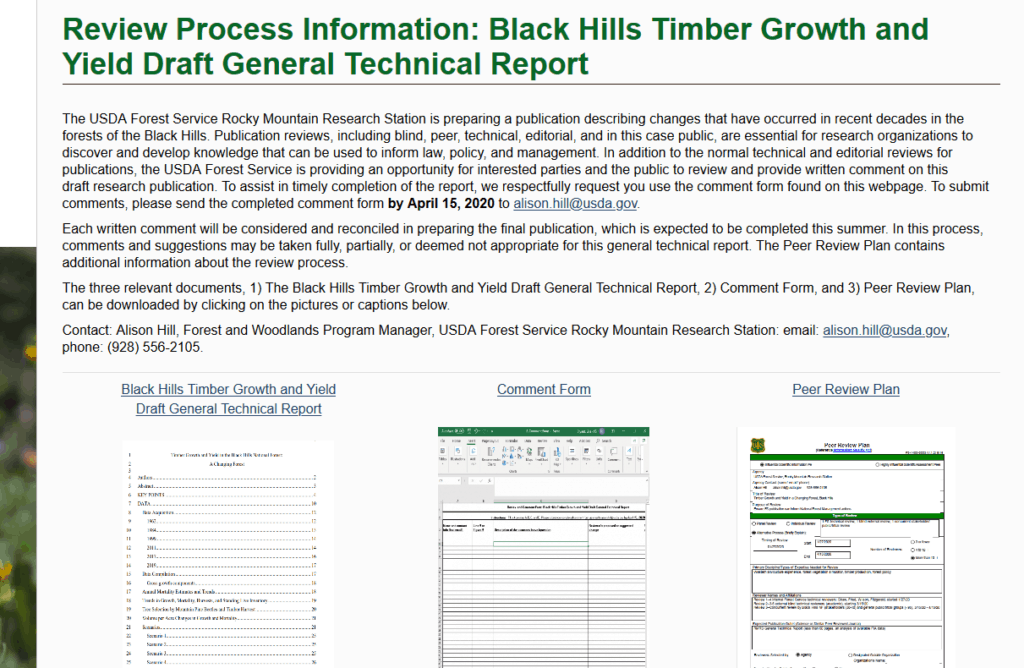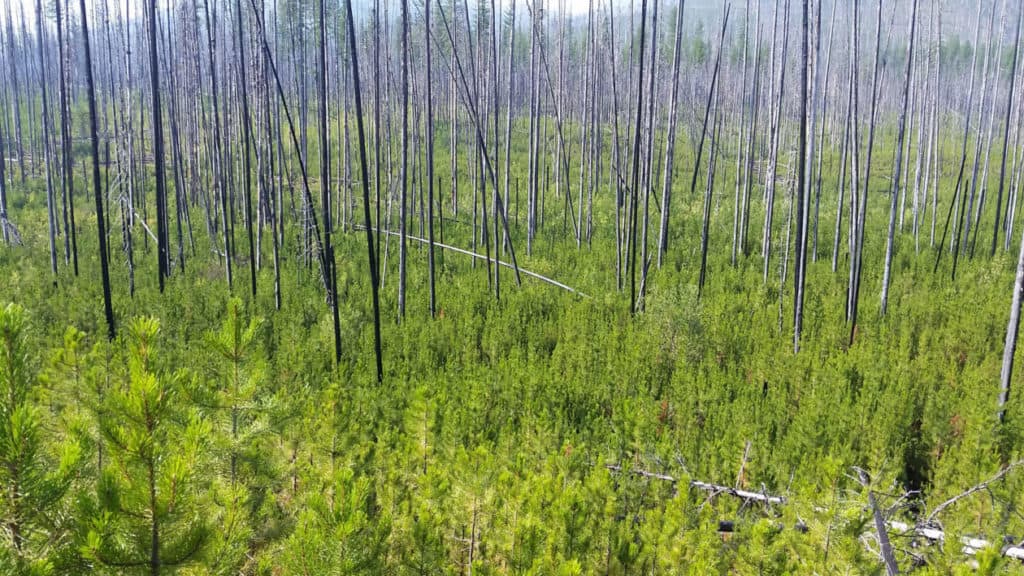
(couldn’t find a photo of dense LPP regen on the White River).
What’s interesting about this project on the list is that it appears to involve neither what we would call “logging” nor “burning”. I haven’t contacted the Forest yet to find out the current status. There are ten pages in this proposed action that, again, go into a great amount of detail about what is proposed. Here’s the link.
The purpose and need is:
The purpose of the proposed action is to:
Improve forest health:
o Improve individual tree growth, vigor and resiliency through reducing densities in young stands of lodgepole pine.
o Improve or maintain forest health by reducing the extent of insects or diseases present in regenerating lodgepole pine stands.
Maintain past management objectives:
o Maintain existing fuel breaks with the Wildland Urban Interface (WUI) through managing live and down fuels.
o Continue to enhance diversity through maintaining and protecting young Engelmann spruce trees planted in areas affected by past spruce beetle outbreak.
Actions:
Hand Treatments – Lop and Scatter
Thinning treatments would be conducted by hand crews utilizing chainsaws or similar hand operated equipment. Activity slash would be bucked into lengths less than 6 feet and scattered to a depth less than 18 inches.
Hand Treatments – Pile and Burn
Thinning treatments would be conducted by hand crews utilizing chainsaws or similar hand operated equipment. Activity slash piles would be created by hand and burned by the Forest Service.
Mechanical Treatment – Mastication or Chipping
Thinning treatments would be conducted using ground based mechanical equipment that may be wheeled or tracked. Activity slash would be chipped, mowed or masticated and left on site. Desired fuel depth would be less than 3 inches.
Mechanical Treatment – Removal
Thinning treatments would be conducted using ground based mechanical equipment that may be wheeled or tracked. Activity slash would be removed.
I suppose that you could read into this that some material might be commercial. Based on the descriptions it seems unlikely (they have specific prescriptions and examples in the text). They do have an acreage limit (1000 acres per year).
They also have an implementation plan that tells about how they are going to handle each site:
Implementation Process
The Proposed Action does not identify specific treatments areas, is based on the condition of the forest stand and not on specific identified treatment areas, and a well-defined process for
implementation is needed. The following steps have been identified for implementation:Prior to implementation the forester or silviculturist will identify areas for treatment and prepare draft silvicultural prescriptions that document the chosen prescription, the
desired residual stocking levels, and the preferred implementation method.
Treatment areas and silvicultural prescriptions are presented to an interdisciplinary team (IDT) of resource specialists for completion of any necessary field surveys, such as cultural resource inventories or wildlife habitat surveys.
The IDT will meet to discuss field survey findings and resource specialist recommendations. A pre-implementation checklist will be completed, documenting the resource review and compliance with design features. Silvicultural prescriptions are finalized.A news release will be prepared to inform the public about upcoming treatments.
Feedback from the public concerning the specific treatment areas, or input concerning future treatment areas would be welcome.
Projects will be implemented through appropriate mechanisms which may include service contracts, Forest Service employees or stewardship contracts. Whichever mechanism is chosen to implement the silvicultural prescription, an employee would oversee implementation to ensure compliance with design features and contract provisions.Post treatment surveys that monitor compliance with the silvicultural prescription will be conducted. Findings may be used to inform future treatments approved by the Decision. Annual monitoring results would be published on the forest’s project webpage.
To me this addresses the question of site-specificity pretty thoroughly. What do you think of this approach?
I don’t think this is “using CE’s to avoid the public process normally required by law.” I think there are two key ideas 1) rounding up some activities that people (especially people who litigate) generally have no problem with, and 2) giving people a chance to comment on each site, that I think makes sense. It gives the forest the flexibility to talk to the public about an annual workplan without having an individual CE for each project, which makes sense to me, unless there is a trust issue. If there is a trust issue, I think more sideboards and open discussion of the issue makes more sense than making folks do individual CEs for each project.
I suppose they might have been more specific about not selling trees, but otherwise I don’t see any “logging” or PB here.
